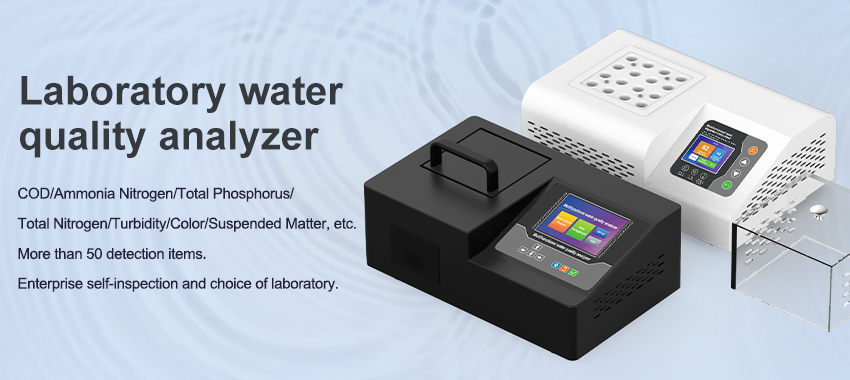Water pollution detector
To ensure the safety of water, the use of water pollution detector has become increasingly important. I Water pollution is a problem that affects the safety and quality of the water we use in our daily lives. Contamination of water sources through industrial waste, sewage, and chemical runoff can lead to health risks and environmental damage. n this article, we will discuss how a water pollution detector can help ensure the safety of water.

Understanding Water pollution can be defined as the presence of harmful substances in water bodies that can cause harm to human health, aquatic life, and the environment. Contaminants can come from a variety of sources, including chemical spills, industrial waste, agricultural runoff, and sewage.
The vital role of water pollution detector
Monitoring Water Quality Water pollution detector play an important role in monitoring water quality. They can detect and measure the presence of contaminants in water sources, including bacteria, viruses, and chemical pollutants. By consistently monitoring water sources, pollution detectors can help identify potential threats to public health and the environment.

Early Detection Early detection of water pollution can help prevent health risks and environmental damage. Pollution detectors can detect contaminants at an early stage before they can spread and cause widespread harm. The use of data analytics and real-time monitoring can help detect potential threats quickly and accurately.
Preventing Contamination Prevention is key to ensuring the safety of water. Pollution detectors can help prevent water contamination by identifying sources of pollution and providing information on ways to reduce the risk of contamination. For example, identifying sources of agricultural runoff and providing farmers with guidance on best practices can help reduce the risk of contamination.

Identifying the Source Water pollution detectors can help identify the source of contamination by tracking the movement of pollutants in water sources. This information can help inform policymakers and stakeholders on the most effective measures to prevent and control contamination.
Communicating with the Public Communicating with the public is an important aspect of ensuring the safety of water. Pollution detectors can help provide information to the public on water quality and potential threats to their health. By providing accurate and timely information, people can make informed decisions about their water consumption and take appropriate precautions if necessary.
Collaborating with Stakeholders Collaboration between stakeholders is essential to ensuring the safety of water. Pollution detectors can help facilitate collaboration by providing information on the most significant sources of contamination. This information can help policymakers, businesses, and communities work together to find solutions that reduce the risk of contamination.
Conclusion
In conclusion, water pollution detectors play a critical role in ensuring the safety of water. By monitoring water quality, detecting contaminants early, preventing contamination, identifying the source of pollution, communicating with the public, and collaborating with stakeholders, pollution detectors can help provide safe and clean water for everyone to use. It is essential to continue to invest in water pollution detectors to protect our health, our environment, and our future.